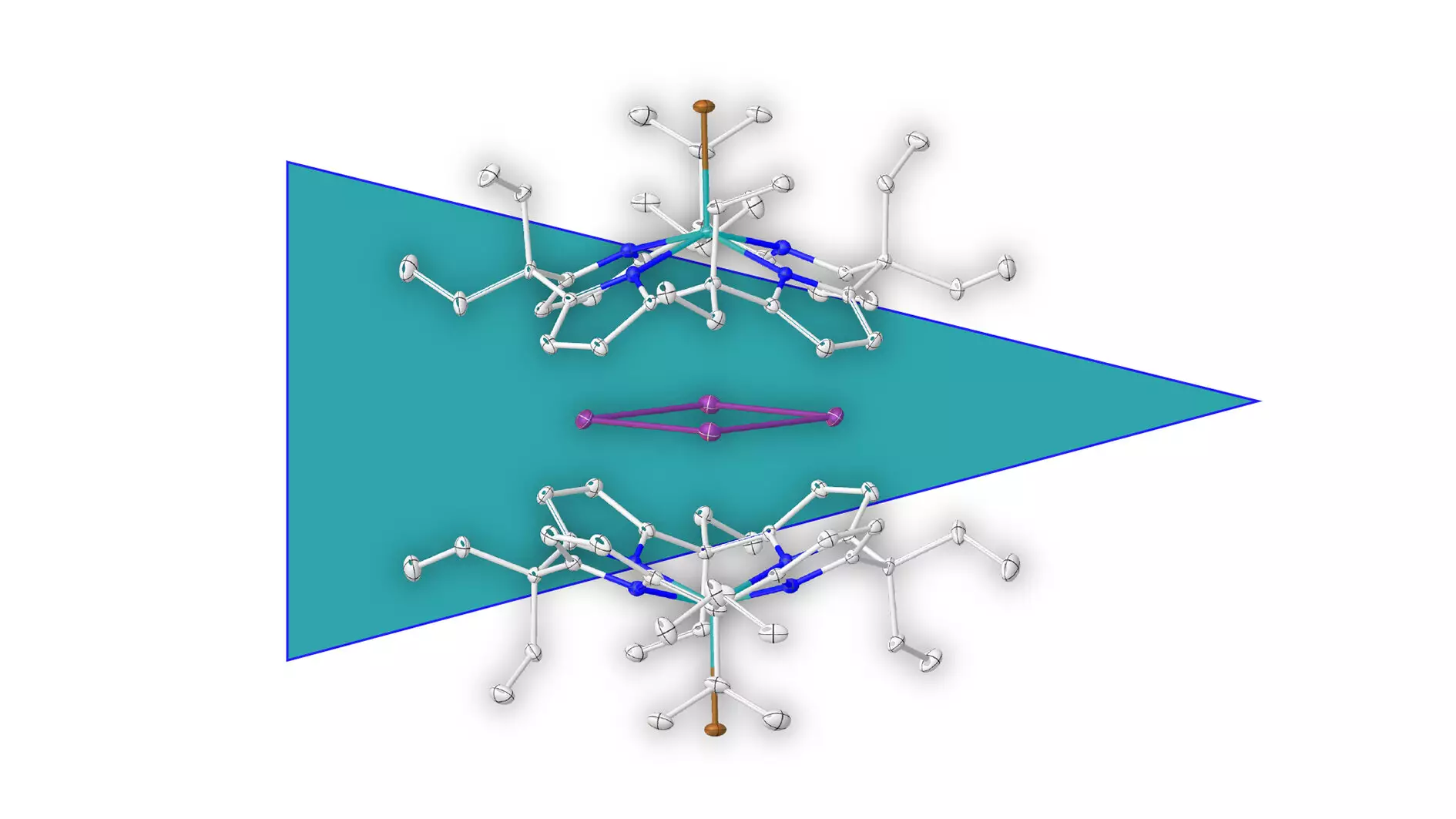In an extraordinary breakthrough, researchers at Heidelberg University led by Professor Dr. Lutz Greb have ventured into a domain oft-explored but rarely conquered: the world of aromatic compounds devoid of carbon. Traditionally, aromaticity has been a staple in the study of organic chemistry, primarily recognized through cyclic structures primarily composed of carbon atoms. The unexpected revelation of a purely metallic aromatic ring constructed from elemental bismuth not only expands our chemical lexicon but also redefines the boundaries of understanding in complex molecular chemistry.
Understanding Aromatic Compounds
The essence of aromatic compounds lies in their distinct stability and resonance, qualities that arise from their cyclic structures and the delocalization of electrons. These compounds, originally named for their pleasant smells, have historically been anchored to the presence of carbon. While existing metal complexes showcasing interactions between metal atoms and organic aromatic frameworks have been known, the notion of an entire aromatic ring formulated exclusively from metals has eluded researchers—until now. This significant finding indicates a shift in our comprehension of aromatic systems and challenges established norms in inorganic chemistry.
Innovation Through Supramolecular Stabilization
The key to this groundbreaking discovery rests in the innovative technique of supramolecular stabilization employed by Greb’s research team. By enveloping the positively charged bismuth metal ring with a negatively charged molecular shell, the researchers effectively quenched potential decomposition reactions that often plague novel compounds. This method not only enabled isolation but also secured the structural integrity of this unprecedented metal ring. The implications of such a stabilization technique could resonate far beyond this single discovery, potentially serving as a generalizable strategy for stabilizing other positively charged molecular entities.
A New Era of Charge Transport?
The ramifications of this newly isolated aromatic metal ring are vast, as they present unique opportunities for advancing our understanding of charge transport mechanisms in metals. Here lies an exciting potential: does this signify the beginning of newly designed materials with tailored electronic properties? Greb’s assertions that this discovery might usher in a new foundational concept in aromaticity prompt further inquiries. It raises provocative questions about the very nature of conductivity and stability in metal-based systems, setting the stage for future research that could blend the realms of organic and inorganic chemistry in unanticipated ways.
Implications for Future Research
The implications of this work extend well beyond academic interests, suggesting tangible applications in materials science and nanotechnology. As issues of stability and efficiency in charge transport persist in the development of advanced electronic materials, the identification of aromatic rings comprised exclusively of metals might unlock novel strategies for engineering these materials. Therefore, Greb and his team have not only contributed a unique compound to the scientific community but have also paved the way for future explorations that could transform our understanding of electronic materials and facilitate innovations in energy storage, conversion, and beyond.
The discovery of this bismuth aromatic ring is a testament to the persistent curiosity driving scientific inquiry; it inspires further investigation into the captivating world of molecular chemistry that remains rife with possibilities yet to be unveiled.


Leave a Reply